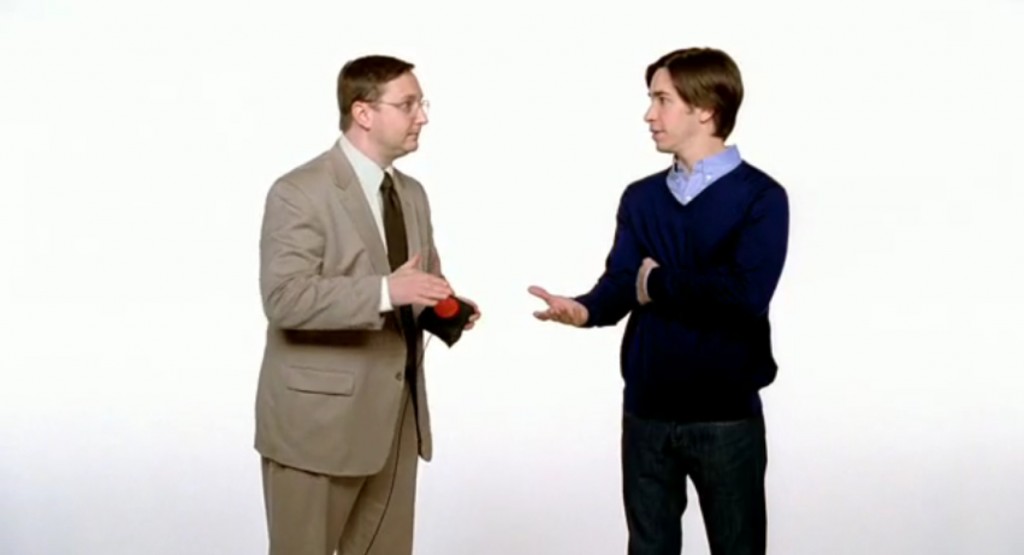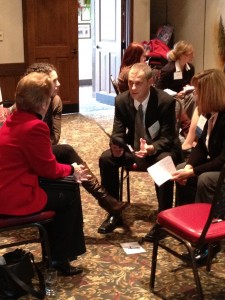Stop the Generation XYZ baloney!
Stop the Generation XYZ baloney!
Product/service developers and marketers—listen up!
Google “Generation X’ and you’ll get over 300 million results.
I think this way of thinking about people is nonsense. And so does Clay Shirky.
“One of the weakest notions in the entire pop culture canon is that of innate generational difference, the idea that today’s thirty-somethings are members of a class of people called Generation X, while twenty-somethings are part of Generation Y, and that both differ innately from each other and from the baby boomers. The conceptual appeal of these labels is enormous, but the idea’s explanatory value is almost worthless, a kind of astrology for decades instead of months.”
—Clay Shirky, Cognitive Surplus: Creativity and Generosity in a Connected Age
Shirky goes on to say that those who like to dramatize these generational differences are making a fundamental attribution error; mistaking new behavior for some kind of change in human nature rather than a change in opportunity. Much of the “difference” between “generations” is in fact caused by a change in that generation’s environment or circumstances.
Stop the Generation XYZ baloney!
Rather than start with supposed generational differences, dig deeper into the causes for changes in behavior. Instead of marketing driven by statistical analyses of differences in behavior, concentrate on understanding why behaviors have changed. (Or haven’t.)
Then develop your products, services, and marketing around your understanding of relevant human behavior and the changing environment.
Remember, people don’t change that fast. But their environment and circumstances can.
That’s what you should focus on.
P.S. If you haven’t already, read Switch by the Heath brothers for a great practical approach to changing people’s behavior.


 The peer conferences I run are extremely effective at catalyzing change, both in the people who participate in them and the organizations that run them. Why is this?
The peer conferences I run are extremely effective at catalyzing change, both in the people who participate in them and the organizations that run them. Why is this?